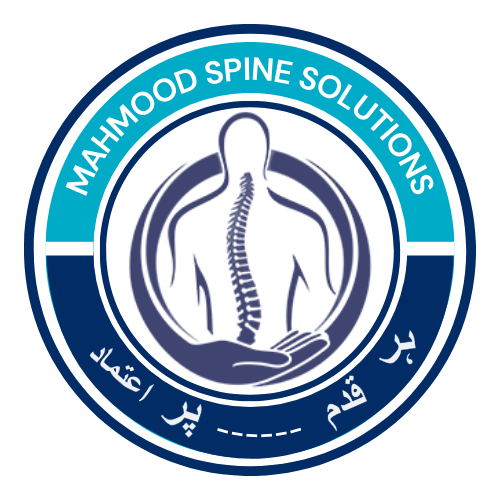
Household Chores and Back Pain: Safe Movement Techniques from Physical Therapy
Household chores and back pain are closely linked, making this a widespread concern affecting individuals across all age groups. One often-overlooked contributor to back discomfort is the way we perform
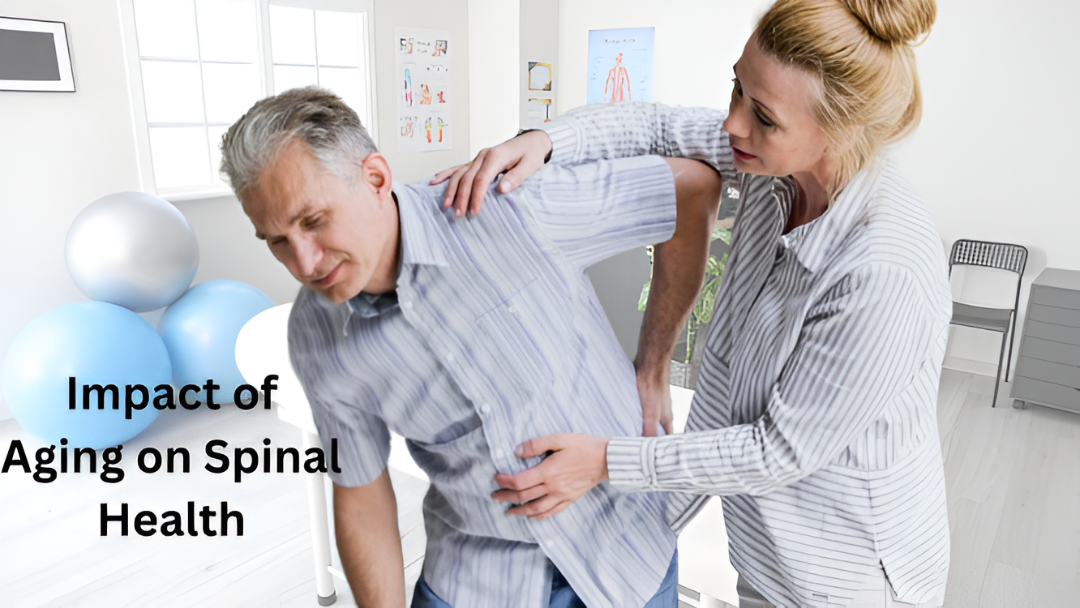
The Impact of Aging on Spinal Health
The impact of aging on spinal health is marked by gradual anatomical and physiological changes throughout the body, especially the spine. This complex structure of bones, discs, joints, ligaments, and
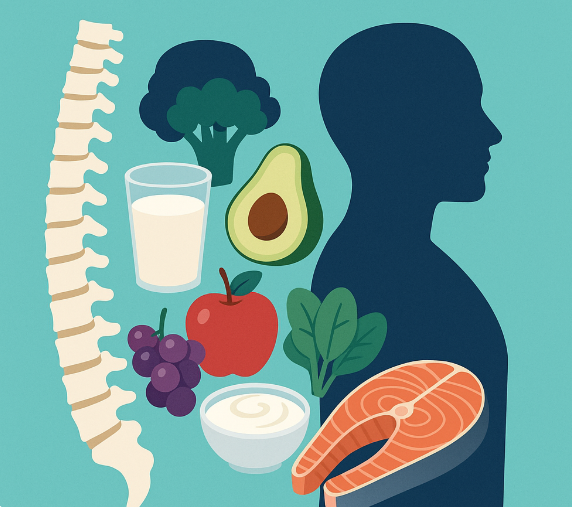
Role of Nutrition in Maintaining Good Spinal Health
Proper nutrition plays a crucial role in maintaining a healthy spine and preventing spinal disorders. The spine is a complex structure composed of bones (vertebrae), intervertebral discs, muscles, ligaments, and
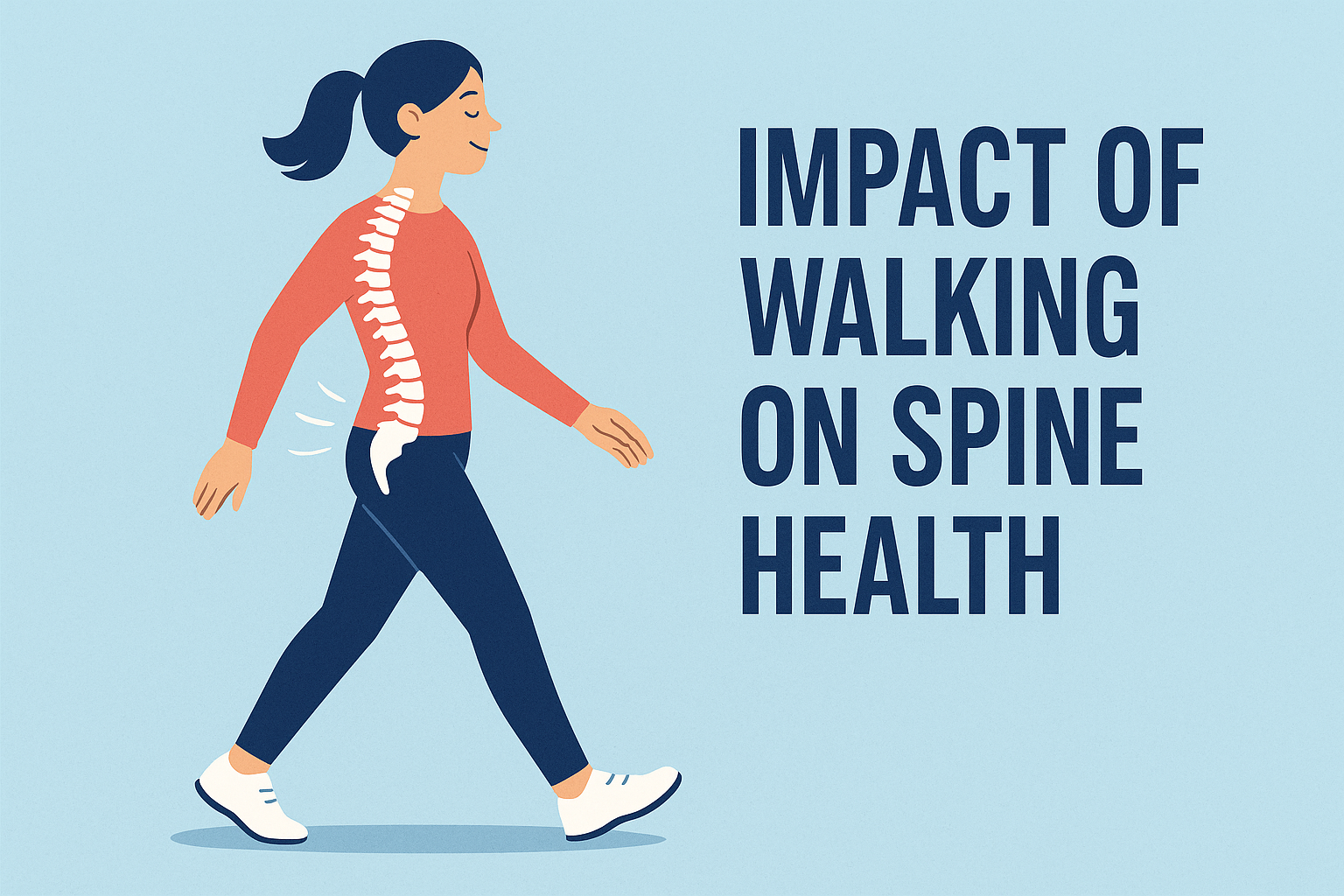
The Impact of Walking on Spine Health
The impact of walking on spine health is both significant and multifaceted. As a fundamental form of human movement, walking plays a crucial role in supporting spinal alignment, enhancing mobility,

The Use of Electrotherapy in Spinal Pain Management
Electrotherapy is a therapeutic modality that utilizes electrical energy to relieve pain, stimulate muscles, and promote tissue healing. In the context of spinal pain—whether due to degenerative disc disease, herniated
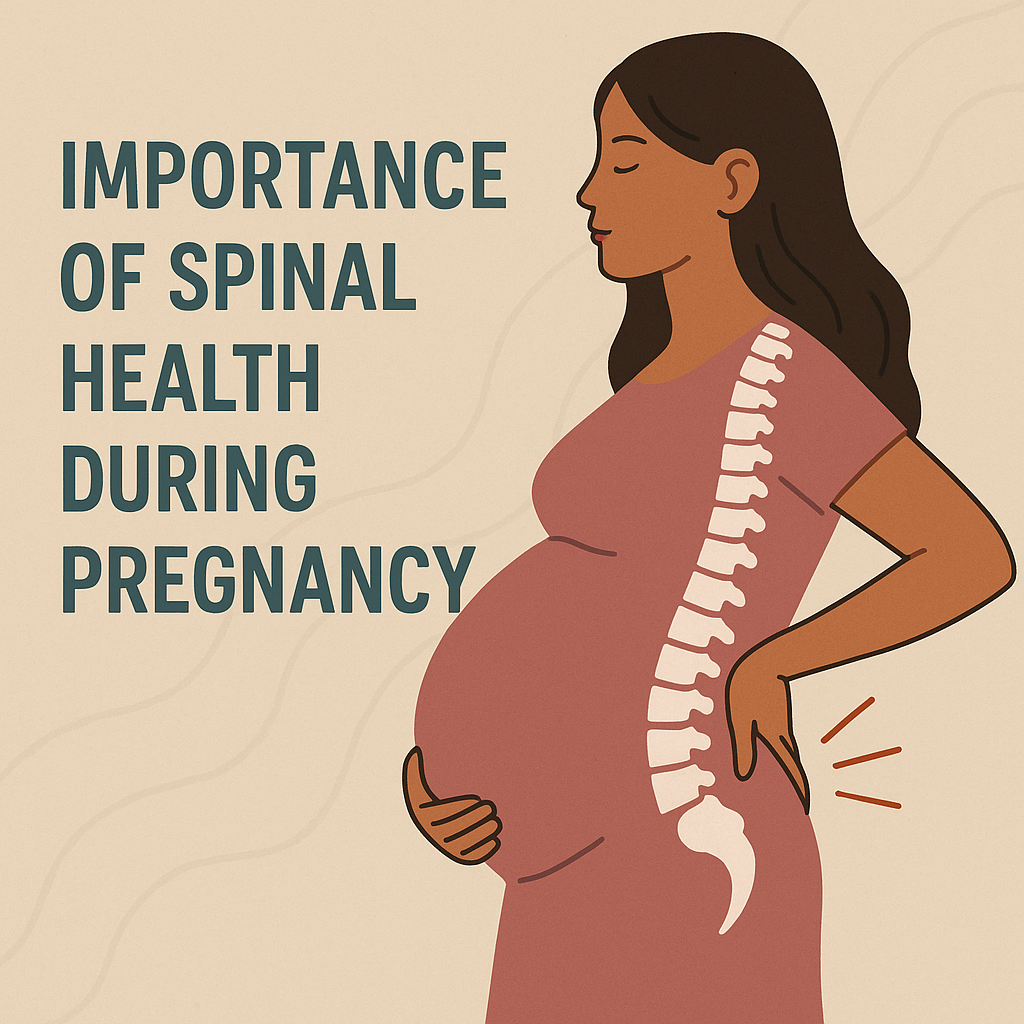
The Importance of Spinal health during Pregnancy and Strategies for Managing Spinal pain
The Importance of Spinal Health During Pregnancy: Pregnancy brings about profound physiological and hormonal changes that significantly impact the musculoskeletal system, particularly the spine. As the fetus grows, a woman’s
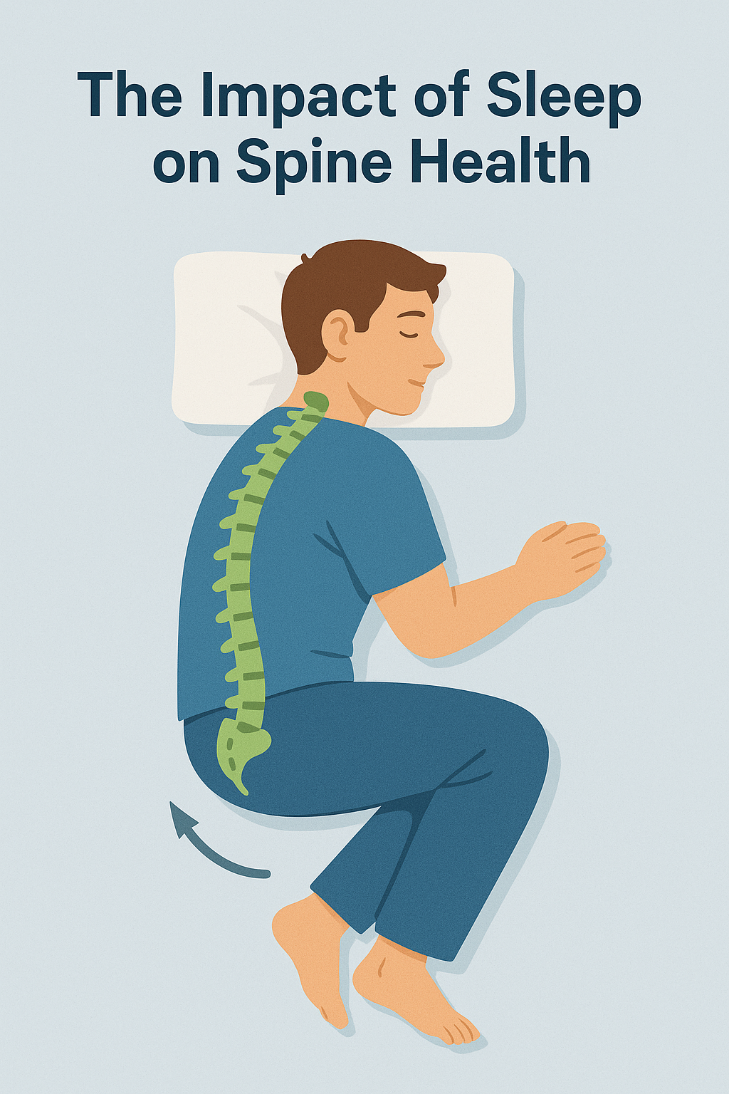
The impact of Sleep on Spinal Health
Sleep plays a vital yet often overlooked role in maintaining spinal health. Beyond relieving fatigue, quality sleep enables essential physiological processes that directly affect the spine’s structure, function, and resilience.
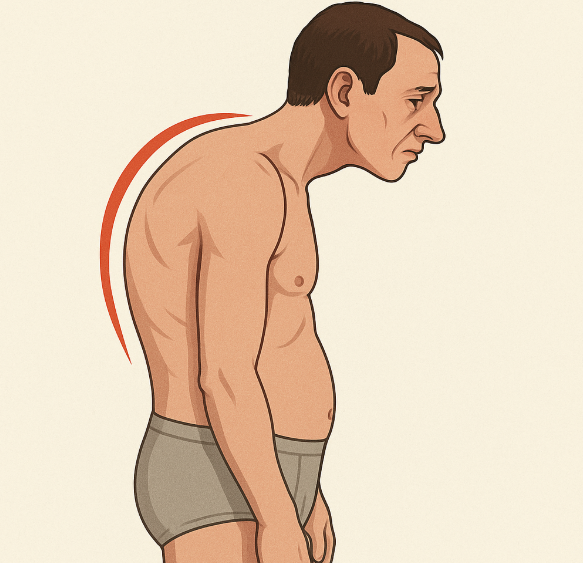
Kyphosis
Kyphosis is an excessive forward curvature of the thoracic spine, resulting in a hunchback or rounded upper back appearance. While a slight curvature is normal, kyphosis is typically diagnosed when
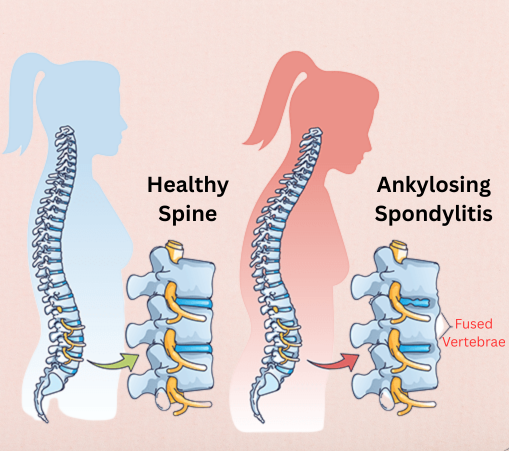
Ankylosing Spondylitis (Causes, Symptoms, and Physical Therapy Management)
What is Ankylosing Spondylitis? Ankylosing Spondylitis (AS) is a chronic, progressive inflammatory condition that primarily affects the spine and sacroiliac joints, leading to pain and stiffness. It belongs to a
